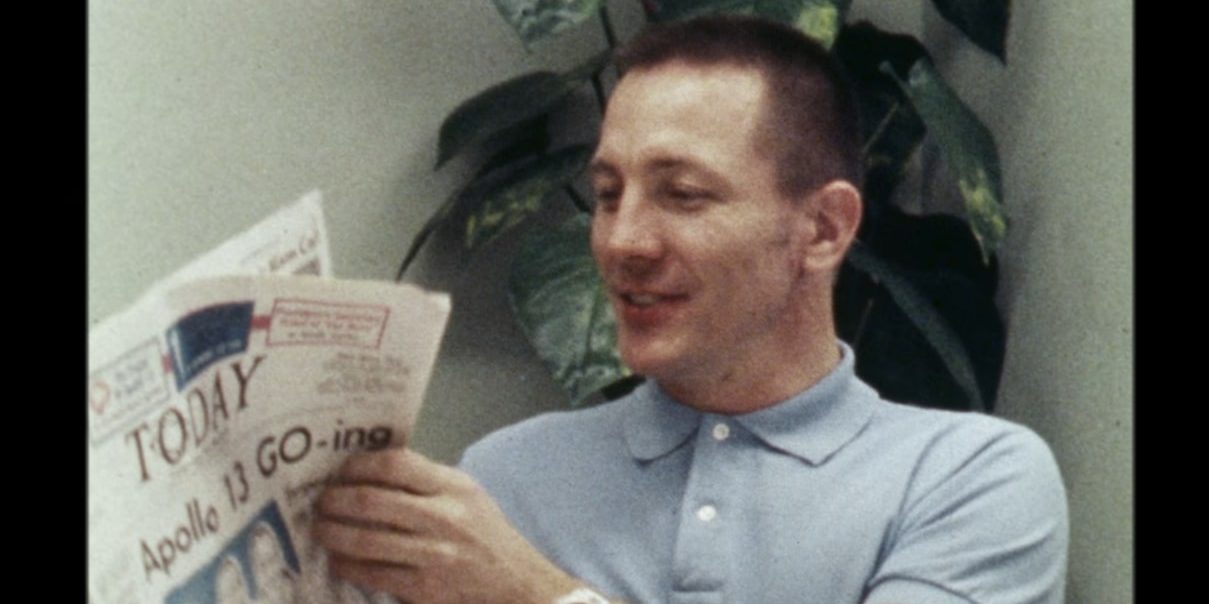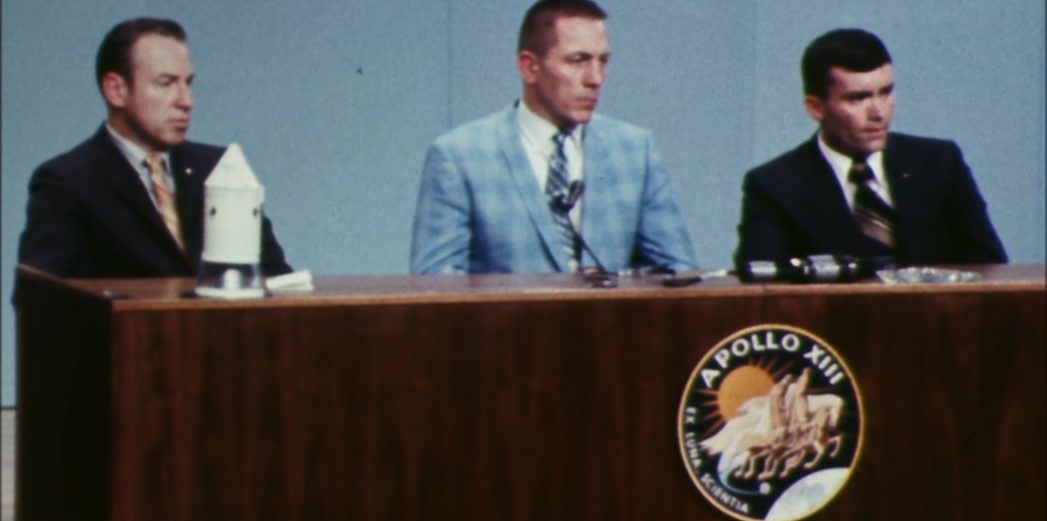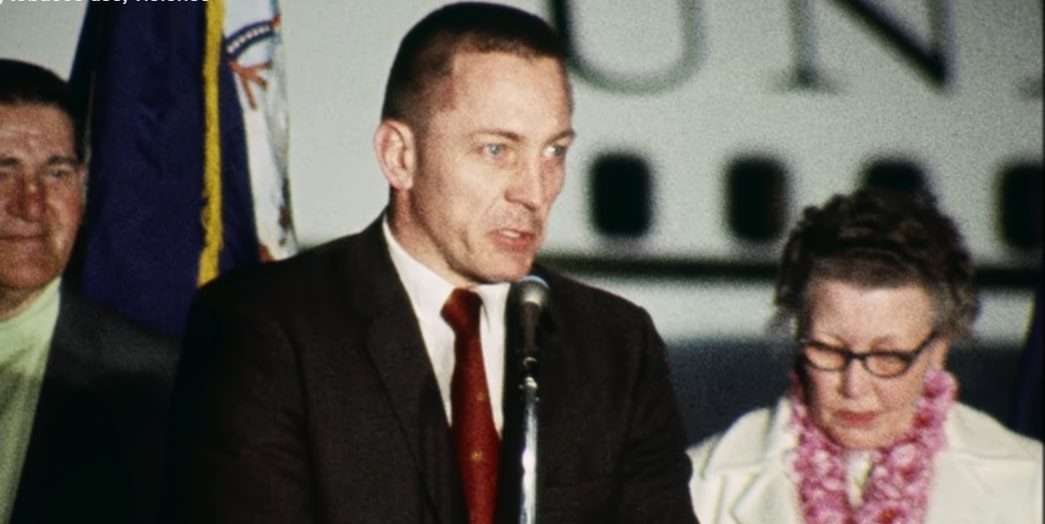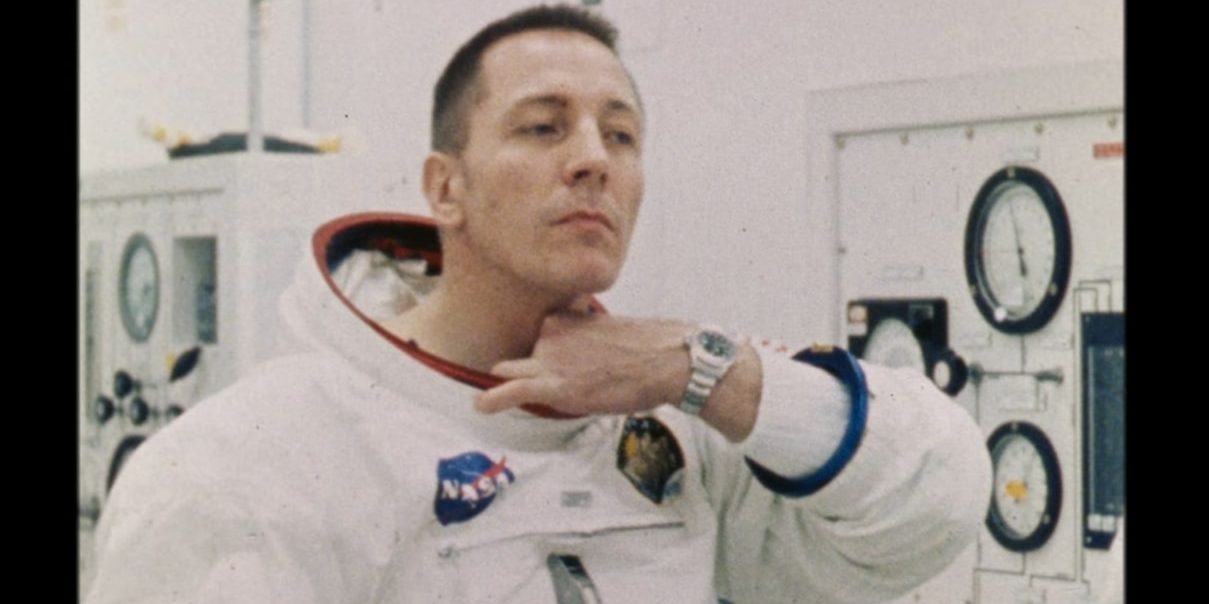Apollo 13 was a 1970 NASA mission that faced a life-threatening crisis when an oxygen tank exploded en route to the Moon, forcing the crew to abandon their landing. As the Command Module Pilot, John “Jack” Swigert Jr. played a crucial role in managing the spacecraft’s systems and executing critical procedures that helped navigate the crew safely back to Earth. Swigert came in at the last minute after Ken Mattingly was exposed to German Measles and could not make it onto the spacecraft. In Netflix’s ‘Apollo 13: Survival’, the sequence of events that finally led to the safety of the astronauts has been detailed and recreated using old interview clips and pictures and creating a realistic mission timeframe.
John Swigert Jr. Became Instrumental in the Apollo–Soyuz
For John Leonard Swigert Jr. AKA Jack, the quick decision-making and successful handling of the Apollo 13 crisis marked a pivotal moment in his career. His performance during the mission set him apart and paved the way for his involvement in the Apollo–Soyuz Test Project (ASTP). It was a landmark mission representing the first international human spaceflight mission, involving a rendezvous and docking between an American Apollo spacecraft and a Soviet Soyuz spacecraft. The project aimed to foster collaboration between the United States and the Soviet Union during the Cold War and to demonstrate the capability for future joint space missions.

Before the Apollo–Soyuz Test Project could be completed, the Apollo 15 postal covers incident emerged in 1972. This controversy involved astronauts from the Apollo 15 mission, who were found to have carried unauthorized postal covers—commemorative envelopes intended to be sold for personal gain. NASA did not approve these covers and were seen as violating the agency’s policies. During the investigation, Swigert initially denied involvement, but scrutiny of his bank accounts revealed suspicious transactions and unexplained funds. Under pressure, he eventually admitted to participating in the scheme. As a result, Swigert was removed from the ASTP.
John Swigert Jr. Wanted to Try His Hands in Politics
In light of the controversy surrounding the Apollo 15 postal covers incident, John Swigert found it challenging to continue his career at NASA. Consequently, he took a leave of absence in 1973 and transitioned to a new direction. He moved to Washington, D.C., where he served as the executive director for the Committee on Science and Astronautics in the U.S. House of Representatives, enjoying a stable period in this role. Over time, Swigert was drawn to a potential career in politics, recognizing his popular appeal as an asset. In August 1977, he left both NASA and the committee to focus on building a campaign for the 1978 Senate elections.

Swigert’s bid for the Senate in 1978 did not succeed, as he lost to his Republican opponent. Taking a break from the political sphere, he joined B.D.M. Corporation as its Vice President, where he found the work fulfilling. However, in 1981, when an opportunity arose, he transitioned to Vice President for Financial and Corporate Affairs at International Gold and Minerals Limited. Swigert’s enduring aspiration to serve in the US Congress remained strong despite this new role. In 1982, he shifted his approach to achieving this long-held dream.
Swigert Passed Away Before He Could Be Sworn in as a Congressman
In February 1982, John Swigert left his position at International Gold and Minerals Limited to focus on his campaign for the newly established 6th Congressional District of Colorado. The district was recently created to better represent the state’s population growth, making it a prime opportunity for political newcomers. During his campaign, Swigert publicly disclosed that he had been diagnosed with cancerous tumors in his nasal passages and, later, with bone marrow cancer. Despite his deteriorating health, he won the election in November 1982. Tragically, Swigert passed away from respiratory failure on December 19, 1982, just a week before his scheduled oath-taking ceremony.

He was legally declared dead at Georgetown University Hospital in Washington, D.C. His fellow Apollo 13 astronauts, Jim Lovell and Fred Haise, attended his memorial, and Swigert was laid to rest in his hometown of Colorado. Posthumously, John Swigert continued to receive recognition and acclaim for his pivotal role in the Apollo 13 mission. In 1983, he was inducted into the International Space Hall of Fame, and in 1997, he was also honored with a posthumous induction into the U.S. Astronaut Hall of Fame at the Kennedy Space Center.
Additionally, The Space Foundation, an organization dedicated to advancing space-related endeavors and education, established the John L. “Jack” Swigert Jr. Award for Space Exploration in 2004. This award honors individuals and organizations who have made significant contributions to space exploration, reflecting Swigert’s enduring legacy in the field. Through such recognitions and awards, Swigert’s memory and contributions to space exploration continue to be celebrated and remembered.
Read More: Jim Lovell: Where is the Apollo 13 Commander Now?


You must be logged in to post a comment.